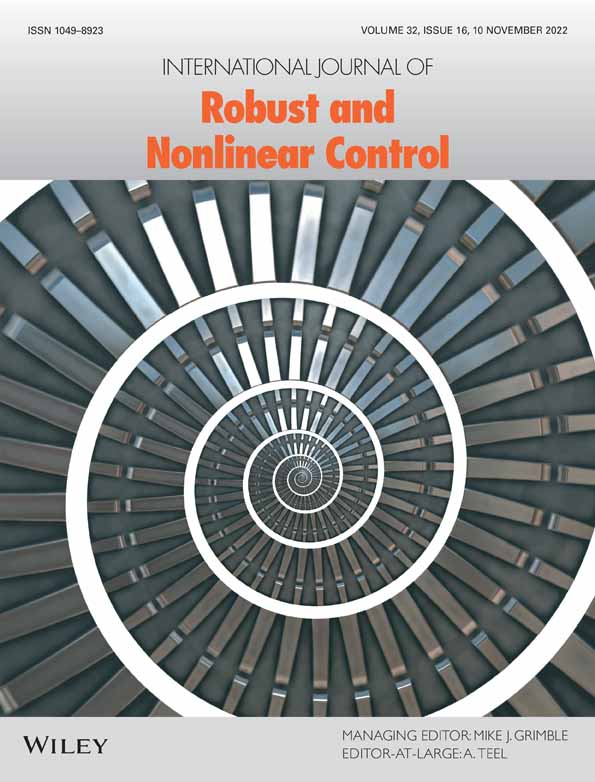Adaptive fixed-time dynamic surface fault-tolerant control of nonlinear systems with sensor faults
Funding information: Natural Science Foundation of China, Grant/Award Numbers: U21A20483; 61773072; 61873024; Education Department Project of Liaoning Province of China, Grant/Award Number: 2019LNJC09
Abstract
This article focuses on the problem of adaptive fixed-time dynamic surface fault-tolerant control for a class of strict-feedback nonlinear systems subject to sensor faults. The sensor faults include bias, drift, loss of accuracy and loss of effectiveness. Our control objective is to construct an adaptive fixed-time fault-tolerant controller to ensure that the system output tracks a desired trajectory within fixed time and the tracking error converges to a small area of zero whether the sensor faults occur or what kind of sensor faults take place. One of the characteristics of our proposed scheme is that its tracking time has no connection with the initial conditions of the system. Furthermore, as for unknown nonlinear functions, fuzzy logic systems are utilized to approximate them. And the complex calculation problem, which exists in the traditional backstepping method, has been dealt with by using the dynamic surface control technique. The proposed controller takes into account the reliability, rapidity, robustness and anti-interference of the system simultaneously, and the singularity problem in controller design is solved. In the end, the simulation results illustrate that the presented strategy is feasible and effective.
CONFLICT OF INTEREST
The authors declare that they have no conflict of interest.
Open Research
THE DATA AVAILABILITY STATEMENT
Data sharing not applicable to this article as no datasets were generated or analyzed during the current study.




